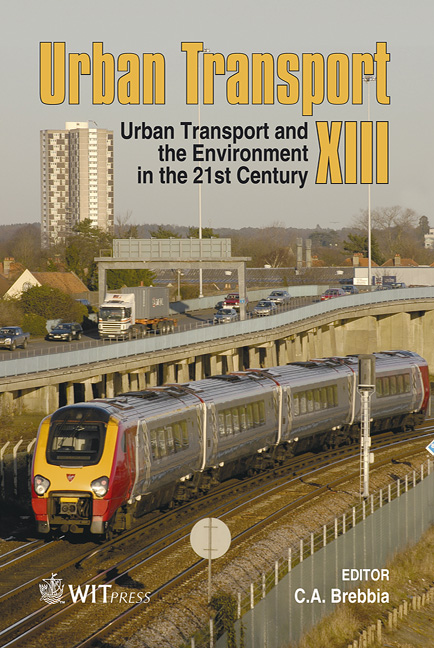A Model To Reduce Traffic, Pollution And Costs In Urban Distribution
Price
Free (open access)
Transaction
Volume
96
Pages
10
Published
2007
Size
582 kb
Paper DOI
10.2495/UT070611
Copyright
WIT Press
Author(s)
L. F. Moreira da Silva, O. L. Fontes Jr. & D. Tacla
Abstract
This study aims to present a proposal to help metropolitan areas to reduce traffic, pollution and also cut delivery costs. The use of the collaborative logistics in the networking design for this fine distribution method shall allow the distribution partner to plan and execute the deliveries, reducing the number of vehicles used in comparison with the regular distribution model (this also allows the use of a clean fleet of small vehicles – like electric minivans). The methodology used to develop the proposal is to simulate two different scenarios, comparing the variables that influence the traffic, the pollution emission and the cost involved with the distribution of goods in urban areas. Further to the variables considered in the study, this new model needs to prove its efficiency at service level. The conclusion of this study will compare those three variables between the regular model, where many different carriers need to reach the retail stores every day, delivering all kinds of products, with the proposed model, where only one carrier will do the deliveries in the urban areas. Keywords: logistics, pharmaceutical logistics, pollution reduction. 1 Introduction The pharmaceutical market is hardly regulated all around the world. Specifically in Brazil, this sector has increased the control of the production, handling and merchandising of this kind of products. This happened mainly after the foundation of the local Sanitary Surveillance Agency, called ANVISA. The agency was established by the law nº 9.782, from January, 1.999. Its most important characteristics is its administrative independence.
Keywords
logistics, pharmaceutical logistics, pollution reduction.





